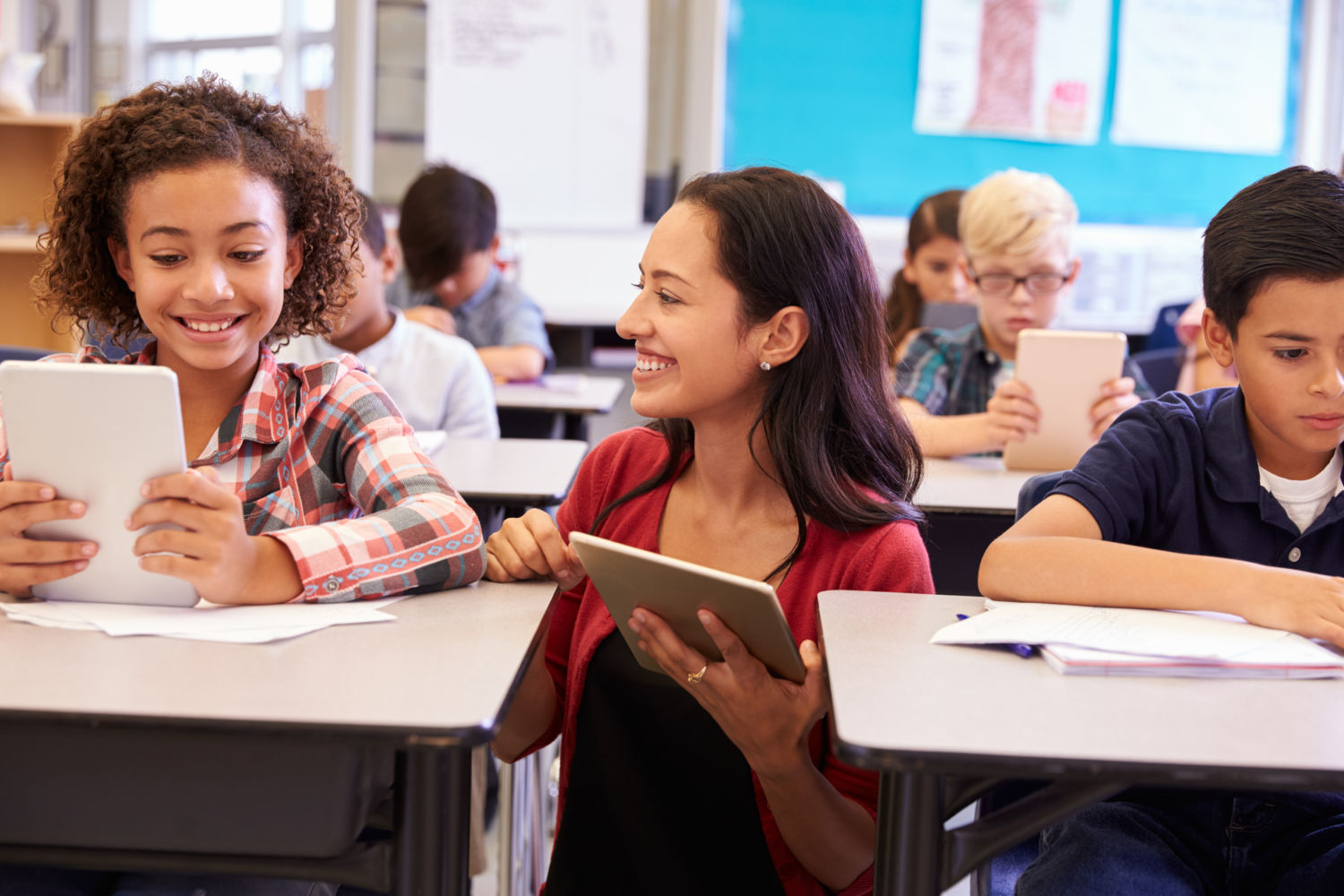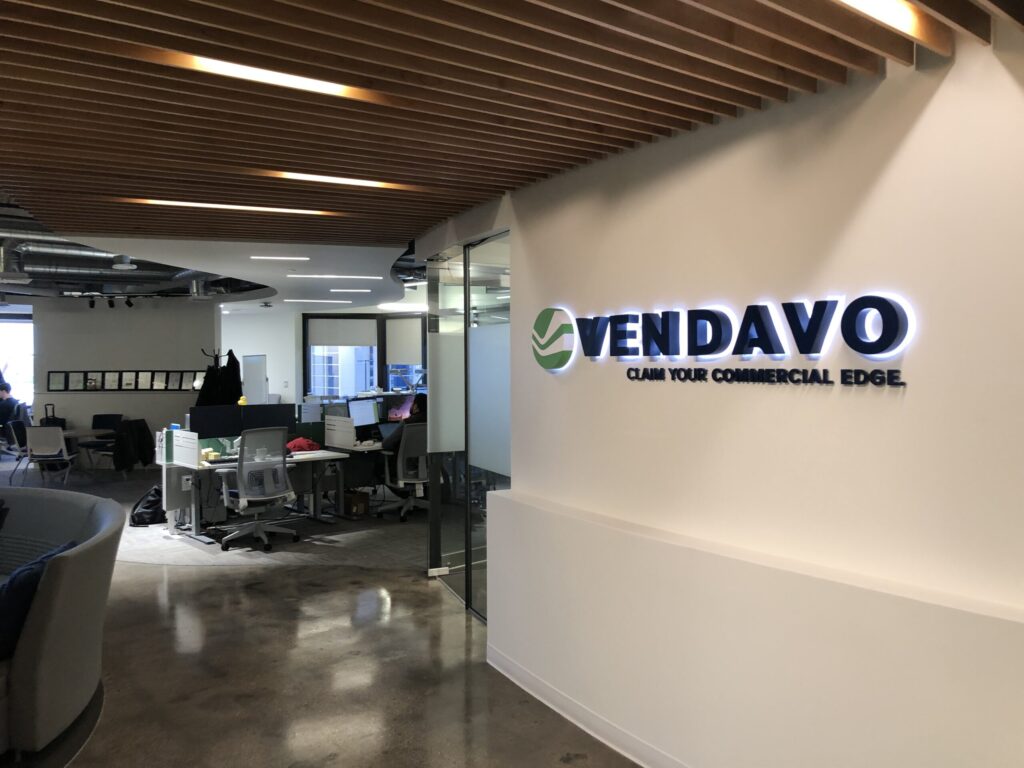Pear Deck is a teaching software making presentations more interesting and interactive to boost K-12 learner engagement. Founded on January 8, 2014 in Iowa City by former classroom teachers Anthony Showalter, Dan Sweeny, Michal Eynon-Lynch and Riley Eynon-Lynch, the startup provides software that allows students to respond in real time to a teacher’s presentation. Dependent on the one-to-one system, or one device to one pupil, interactive presentations are delivered on a projector and simultaneously on student devices, inviting or requiring individual student responses. These responses can be via text, drawings and other interactive strategies that the teacher can see immediately, either anonymously on the classroom projected screen, or privately on the teacher’s monitor. This helps give the teacher insight into the progress of individual students, which is a long-standing challenge in large classes. Linked to Google’s G-suite for education, the software is entirely web-based and requires no downloads or updates, and is available on all devices. The user just needs to log into Gmail and then Google does the rest. The basic version is available for free or a year’s premium access is $149 with discounts available for schools and districts. Large class sizes make it almost impossible for teachers to give individual feedback or attention to students. According to the National Center of Education Statistics, class size varies across states from eight students to 54 students in a single class, making it difficult to deliver an active learning experience. PNAS scientific journal claims that a classroom where students are learning firsthand delivers better results, with 78-of-100 students passing a course, in comparison to 66-of-100 passing in a traditional lecture course. However, all of this amazing software relies on schools having the revenue and capability of buying individual devices for each student. Education blog Front Row surveyed 2,500 teachers and administrators, and 50 percent of classrooms now have a one-to-one student-to-device ratio. Proponents of more computers in the classroom laud the importance of tech fluency and skills necessary for jobs, while it also gives students individualised learning at their own pace with devices they might not be able to afford otherwise. Opponents note the massive bandwidth needed, the larger tech support necessary, and, critically, the expense that might not be possible for many schools. Another worry is that, with technology moving so fast, devices may become obsolete and unpopular in only a few years. However, it is undeniable that one-to-one ratio is gaining traction, and Pear Deck is not the only company taking advantage of this. Nearpod, founded in 2012, also makes presentations more engaging, and in 2016 introduced virtual reality into classes. Through this, students can ‘visit’ areas, such as the Berlin wall, or ‘experience’ historical events, such as volcano eruptions. “[Virtual reality] is definitely not a fad, but there is a lot of hype,” Guido Kovalskys told education technology resource Edsurge. “At the core, anything that gets kids more excited in learning is something we should consider.”
Iowa startup creates interactive classroom experiences to boost student engagement
By Techli
22 marzo, 2018









